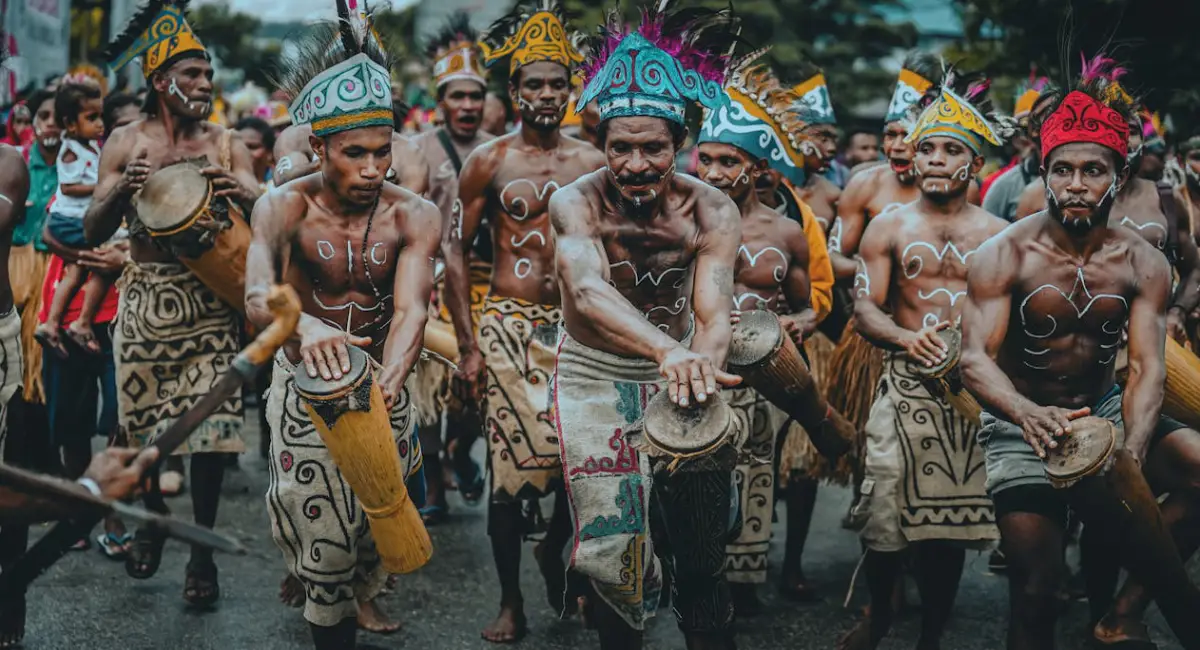31 /01/ 25
Dance and rituals have long been the heartbeat of Indigenous cultures worldwide. It is not a performance but rather a strong expression of identity, history, and spirituality. Movement and ceremony facilitate the transmission of traditions within Indigenous societies by connecting the past and the present. Whether a spiritual dance is conducted at a season's change or a ceremony commemorating a life milestone, these activities are highly valuable. They allow people to respect their elders, seek wisdom, and form connections in the community. This blog explores how dance and ritualistic practices are very important in
Indigenous activities by keeping traditions alive and pulsing.
A Spiritual Connection to the Land and Ancestors
Indigenous dance is not just a movement but is a form of spiritual communication. Many ceremonies start with a dance that calls out to ancestral spirits, paying respects to those before them. This dance is on sacred grounds and, therefore, deepens the bond of people with nature. In most traditions, it is believed that certain steps and rhythms invoke blessings, protection, or even healing. The deep connection between dance, land, and spirituality makes indigenous celebrations so unique and powerful.
A Way to Preserve and Share Oral Traditions
Storytelling is an integral part of Indigenous culture, and one of the most dynamic forms it takes is dance. Many of the Indigenous dances are choreographed to represent some historical event or creation story and lessons passed from generation to generation. The movement, frequently symbolic, is a visual language that speaks to those who understand its message. Therefore, even in the absence of manuscripts, history and cultural heritage thrive. Performance teaches the younger generation about their ancestors' dreams, hardships, and accomplishments.
Strengthening Community and Cultural Identity
Celebrations bring people together, and dancing is an important element of that unity. Most indigenous celebrations and ceremonies include group dances in which the entire community moves together, instilling a sense of belonging and purpose. These gatherings foster cultural pride and identity, particularly among individuals who have experienced displacement or cultural suppression. Dance also allows for intergenerational learning, with elders teaching their younger members not only how to perform it but also why. The continual transmission of traditions keeps indigenous cultures robust and thriving.
Marking Life Transitions and Seasonal Changes
Many Indigenous rituals are associated with important transitions in life that occur at birth, initiation or coming of age, marriage, and death. The dance often performs a function in these ceremonies, symbolising growth, transformation, and spiritual guidance. Others are seasonal, such as wet or dry season arrivals, or coincide with the lunar cycle. In the Torres Strait Islands, Zugubal dance represents ancestral spirits guiding people through different stages of life and deepens the realisation that
cultural knowledge is passed down from one generation to another. This, hence, depicts how traditions reflect the deep relationship Indigenous communities have with the land, nature, and the rhythms of the Country.
Modern Adaptations and Cultural Revival
While traditional dancing thrives, many Indigenous tribes are adapting their customs to modern times. For instance, certain dances are performed at public events, increasing the knowledge and admiration of a much larger audience. The indigenous artists and musicians take traditional movements and merge them with current music to create a hybrid that appeals to younger generations. This cultural evolution ensures that such practices remain relevant while respecting their deep historical foundation.
Wrapping Up
Indigenous festivals revolve around dance and rituals, which are the most important cultural, historical, and spiritual manifestations. They enable communities to reconnect with their ancestors, maintain oral traditions, and strengthen cultural identities. Indigenous people use these holy movements to pay homage to their ancestry while adjusting to the present. These traditions are more than just performances; they are living, breathing examples of a culture that refuses to fade away.

